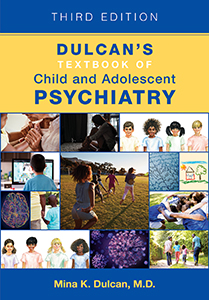Chapter 7.Intellectual Disability
Sections
Excerpt
Rosa’s Law was enacted on October 5, 2010, thereby stripping the terms mental retardation and mentally retarded from federal health, education, and labor policy and replacing them with the terms intellectual disability and individual with an intellectual disability. This legislation reflects a change in terminology that had already taken place in research, medical, and educational professions as well as advocacy groups. In fact, in 2007, the American Association on Mental Retardation, the oldest interdisciplinary professional association (established in 1876) and leader in the terminology and classification of intellectual disability, became the American Association on Intellectual and Developmental Disabilities (AAIDD). In May 2013, with the publication of DSM-5 (American Psychiatric Association 2013), the term intellectual disability (ID) replaced mental retardation in DSM, and the language used to define ID became more closely aligned with that of the AAIDD. The terminology proposed for ICD-11, which is scheduled to go into effect in January 2022, is disorders of intellectual development. Among other revisions reflected in DSM-5, severity levels are now classified by adaptive functioning rather than IQ, and IQ criteria are based on approximate rather than absolute cutoffs (e.g., 65–75 rather than 70). These changes reflect increased recognition of the importance of clinical judgment in diagnosing ID. In 2014, the U.S. Supreme Court rendered a decision in Hall v. Florida (2014) and used the term intellectual disability for the first time, the final step in a 25-year process to affirm the dignity of people with intellectual disability.
Access content
To read the fulltext, please use one of the options below to sign in or purchase access.- Personal login
- Institutional Login
- Sign in via OpenAthens
- Register for access
-
Please login/register if you wish to pair your device and check access availability.
Not a subscriber?
PsychiatryOnline subscription options offer access to the DSM-5 library, books, journals, CME, and patient resources. This all-in-one virtual library provides psychiatrists and mental health professionals with key resources for diagnosis, treatment, research, and professional development.
Need more help? PsychiatryOnline Customer Service may be reached by emailing [email protected] or by calling 800-368-5777 (in the U.S.) or 703-907-7322 (outside the U.S.).



